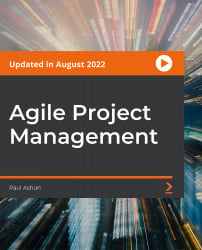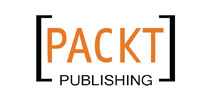در حال حاضر محصولی در سبد خرید شما وجود ندارد.

The course starts with an in-depth overview of Scrum with examples and advice on each Scrum practice such as Daily Scrum, Sprint Planning, Sprint Retrospective, and Sprint Review. It Includes overviews of Agile practices such as the kick-off meeting and releases planning meeting. Next, we will get a concise overview of Agile user stories—including how to write a user story description, acceptance criteria to capture the detail, the purpose of epics and themes in dealing with large or vague requirements, and how to split stories along with the reasons why user stories are favored over traditional methods of capturing requirements. This includes lectures on the principles that underpin user stories, such as the INVEST principle and the Three Cs formula. This will be followed by checklists for all events, roles, rules, and artifacts used to deliver a project. We will also discuss product backlog and user stories at length; short stories/case studies based on real industry experience and research, and the correct methods for improvement and dealing with difficult situations is essential to mastering Agile Scrum. Finally, we will wrap up with a concise overview of Kanban, which will include Origin, how to use the Kanban Board, Workflow, Work in Progress Limits, Priority setting, and the Pull System. By the end of the course, you will become an expert in understanding and implementing all the best industrial practices of Agile project management. All resources and code files are placed here: https://github.com/PacktPublishing/Agile-Project-Management
در این روش نیاز به افزودن محصول به سبد خرید و تکمیل اطلاعات نیست و شما پس از وارد کردن ایمیل خود و طی کردن مراحل پرداخت لینک های دریافت محصولات را در ایمیل خود دریافت خواهید کرد.

✨ تا ۷۰% تخفیف با شارژ کیف پول 🎁
مشاهده پلن ها